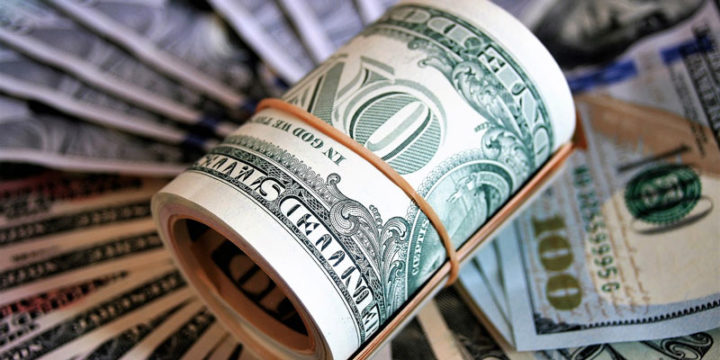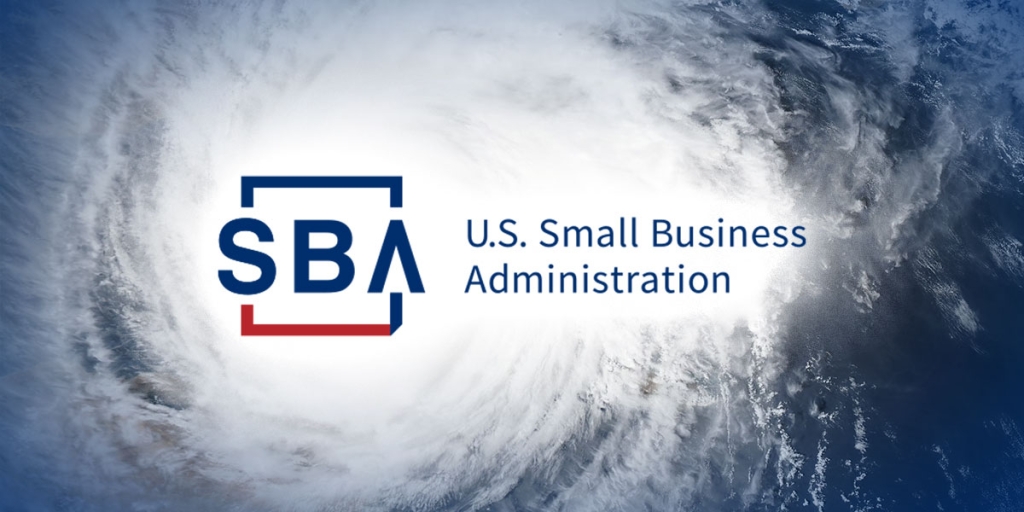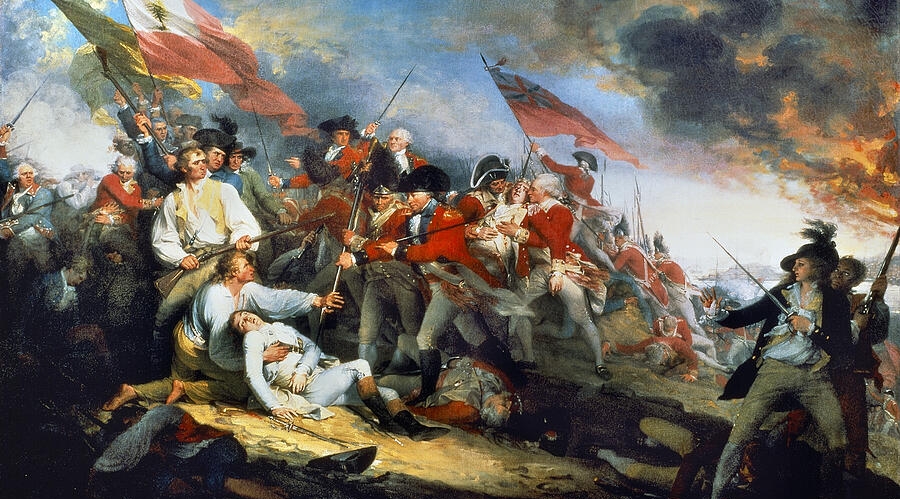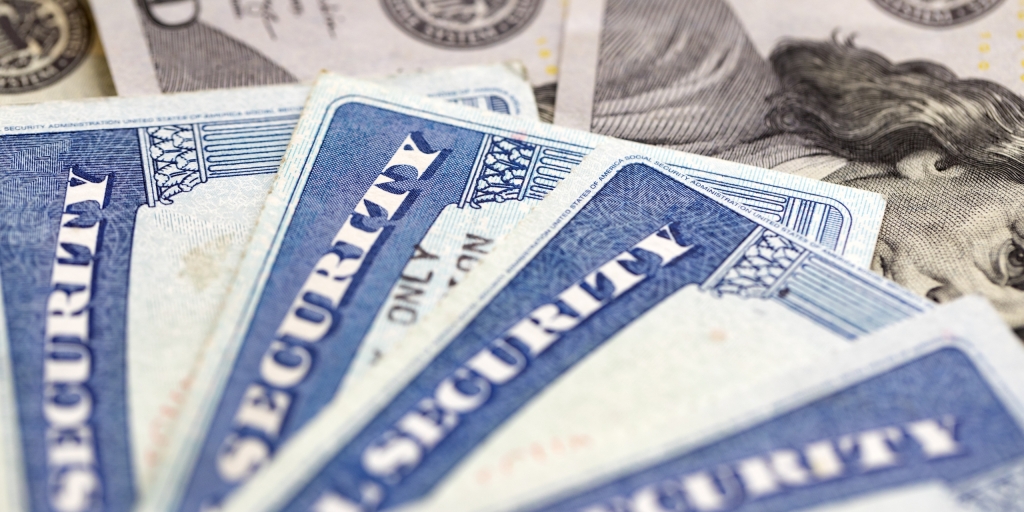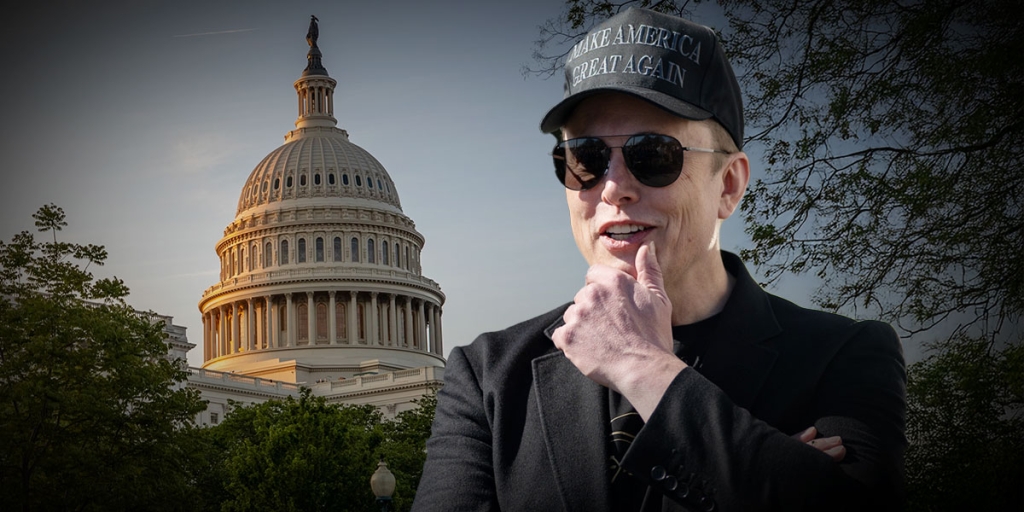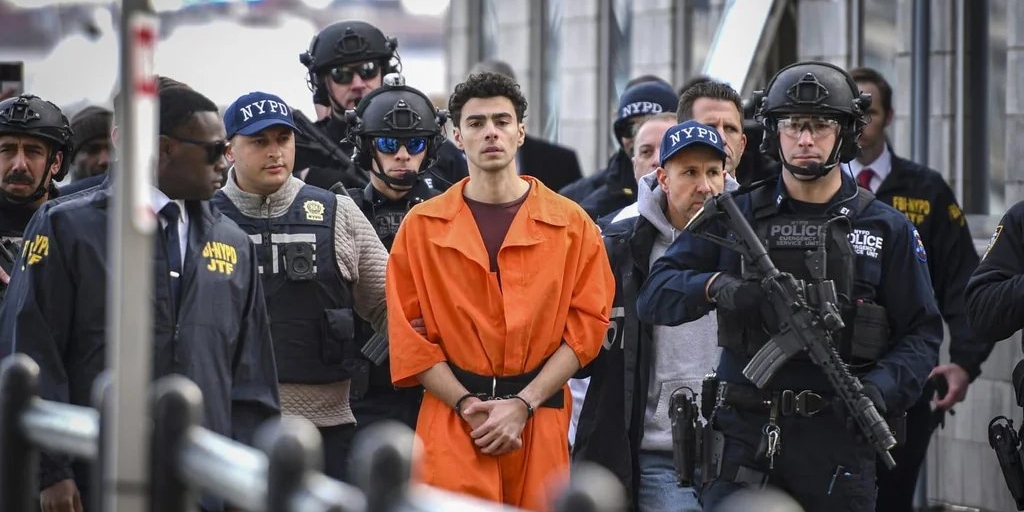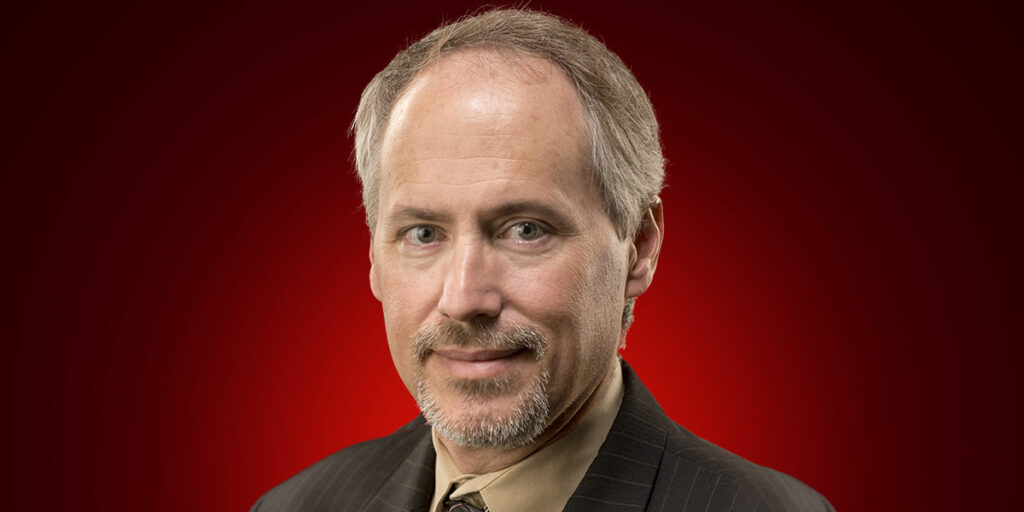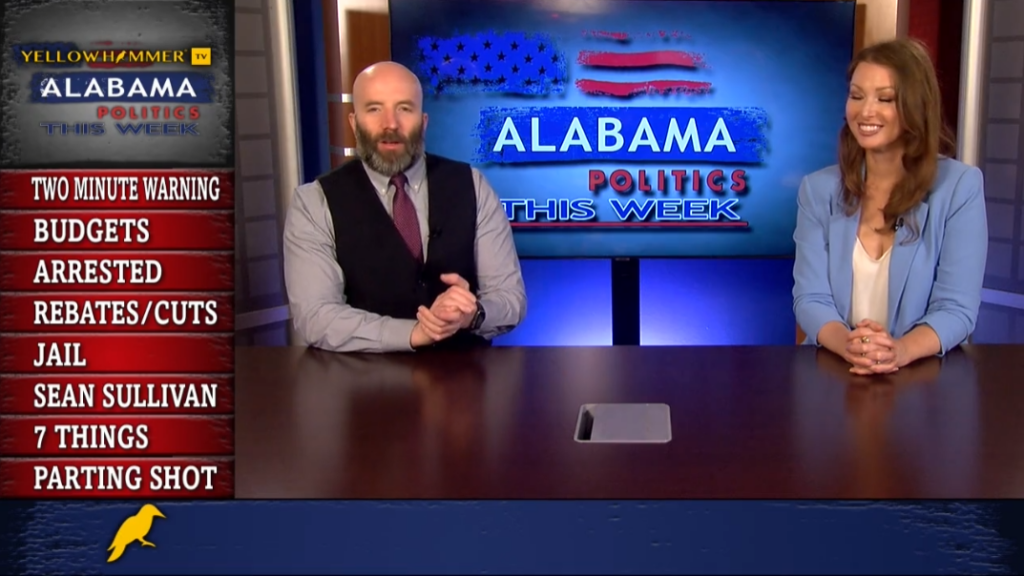Silicon Valley Bank (SVB) became the second largest bank failure in American history this month. How has the government responded and does this constitute a bailout?
Washington gave all SVB depositors access to all their money. We have a system of government deposit insurance, administered by the Federal Deposit Insurance Corporation (FDIC), established after 9,000 banks failed between 1929 and 1933. The FDIC insures deposits up to $250,000 and banks pay premiums for coverage. Only 11%of SVB’s deposits were FDIC insured, reflecting numerous big dollar accounts.
The stockholders of SVB, who had $20 billion invested, are not (currently) being assisted. In the 2008 financial crisis, many investors were saved from losses. I see this as a large depositor bailout. And uninsured depositors would have gotten some money back after liquidation of SVB’s assets. The bailout may only have let depositors get their money sooner.
The consequences of this action depend largely on whether FDIC coverage is now unlimited or if this is one-time deal. If truly a change in coverage, the consequences involve trading off a potential bank run versus worsening moral hazard, both of which require some explanation.
Let’s consider bank runs first. In our fractional reserve system, banks keep only a small percentage of deposits as reserves with the Federal Reserve. Banks make loans and other investments with deposits, earning returns to cover their costs, pay interest on deposits, and make a profit.
Most of these investments are illiquid. Liquidity refers to how quickly an investment can be converted into cash without a loss. You could sell a house today but at a poor price. Obtaining the market price might take weeks or months, so homes are not liquid assets.
You can lose a lot of money selling an illiquid asset quickly. This creates a vulnerability for banks, as depositors can withdraw their funds at any time. Selling assets at “fire sale” prices can render sound a bank insolvent. Economists Douglas Diamond and Philip Dybvig, who shared the 2022 Nobel Prize, demonstrated many of the dynamics of bank runs.
The failure of one bank can make other depositors fear for their bank. Bank runs can spread like wildfire. Milton Friedman and Anna Schwartz in “A Monetary History of the United States” argued that most of the failing banks in the 1930s were sound and these failures turned a routine recession into the Great Depression. Businesses operate on credit, so a banking breakdown is truly calamitous.
Deposit insurance should prevent bank runs. If depositors know they will get their money, they need not withdraw it before their bank suspends operations.
The other factor is moral hazard. In insurance, moral hazard refers to how insuring against a risk increases its probability of occurrence. This happens because getting losses reimbursed makes people exert less effort to avoid the bad event. Insured depositors do not worry if their bank takes excessive risk.
Stockholders should keep banks from investing too haphazardly. Presumably SVB’s stockholders did not want to lose $20 billion. The creation or expansion of deposit insurance makes moral hazard somewhat worse. How much is hard to know, but research links deposit insurance to increases in bank failures.
How then to evaluate the SVB “bailout”? For economic efficiency and arguably basic justice, banks making mistakes should fail and the costs should fall on stockholders and possibly depositors.
From all accounts, SVB deserved to fail. SVB invested heavily in long-term Treasury bonds and mortgage-backed securities and failed to adjust as interest rates rose. Bond prices fall as interest rates rise, and SVB’s losses on bond holdings produced insolvency.
Could SVB’s insolvency set off bank runs? I cannot offer any insider info. The Federal Reserve could and should be a lender of last resort, providing liquidity to sound banks to prevent runs. FDIC covers most bank deposits nationally. The large depositor bailout seems unnecessary.
I can also understand the likely excessive caution. Imagine walking on a trail with a cliff on one side and a shallow ditch on the other. Making moral hazard slightly worse is like tumbling into the ditch. The calamity of the Great Depression looms on the other side.
Daniel Sutter is the Charles G. Koch Professor of Economics with the Manuel H. Johnson Center for Political Economy at Troy University and host of Econversations on TrojanVision. The opinions expressed in this column are the author’s and do not necessarily reflect the views of Troy University.




